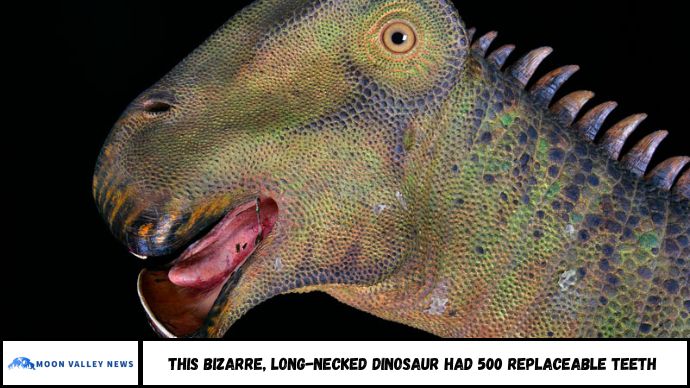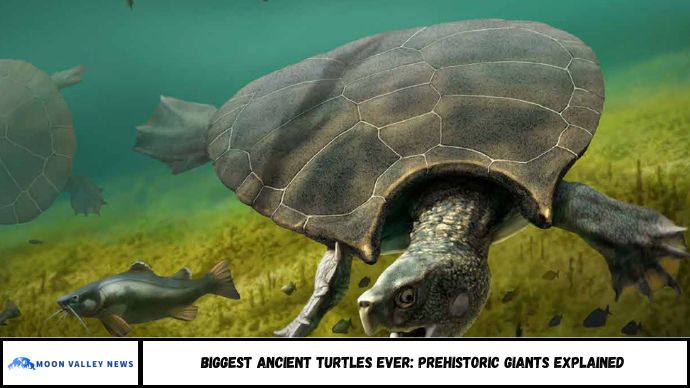Dinosaurs laid eggs, much like modern reptiles, leading many to assume they all belong strictly to the reptile group. But is that scientifically accurate? This article explores the evolutionary lineage of dinosaurs, discusses the latest research in paleontology, and explains how traits like egg-laying, warm-bloodedness, and feathers contribute to how we classify these ancient creatures. The answer may surprise you—and challenge everything you thought you knew about dinosaurs.
If Dinosaurs Laid Eggs, Are They Just Giant Reptiles?
The image of a dinosaur laying eggs in a prehistoric nest often leads to a simple conclusion: they must be reptiles. After all, modern reptiles—like snakes, lizards, and crocodiles—also lay eggs, right?
But here’s the twist: not all reptiles are cold-blooded, and not all egg-laying animals are reptiles. Some dinosaurs were warm-blooded, covered in feathers, and even closely related to birds. This makes the classification of dinosaurs more complex than it seems at first glance.
In this article, we’ll uncover the science behind how dinosaurs are categorized. We’ll look at fossil evidence, biological traits, and modern evolutionary theories that reveal why dinosaurs are both reptiles and something more—especially when it comes to their connection to modern birds.
Are Dinosaurs Technically Reptiles?
Yes—But With Important Differences
According to paleontologists, dinosaurs are classified within the clade Reptilia, meaning they are technically reptiles. But they’re not the same as the reptiles we know today. Dinosaurs belong to a more specific subgroup called Archosauria, which also includes:
- Crocodilians (alligators and crocodiles)
- Pterosaurs (flying reptiles)
- Birds (yes, modern birds!)
So while dinosaurs fall under the reptile umbrella, their evolutionary traits differ greatly from modern reptiles like turtles and lizards.
Why Egg-Laying Isn’t Enough for Classification
Many Animals Lay Eggs—Not Just Reptiles
Egg-laying, or oviparity, is a primitive trait found in many species:
- Birds
- Amphibians
- Fish
- Insects
Thus, laying eggs is not a defining characteristic exclusive to reptiles. It’s just one piece of the evolutionary puzzle.
Key Insight:
“The presence of egg-laying doesn’t automatically make an animal a reptile. It’s the combination of skeletal structure, metabolic traits, and evolutionary lineage that determines classification.” – Dr. Julia Clarke, Paleontologist, University of Texas
Birds: The Living Dinosaurs
One of the most compelling discoveries in recent decades is that birds evolved from theropod dinosaurs—the same group that includes T. rex and Velociraptors.
Shared Traits Between Birds and Theropods:
- Hollow bones
- Feathers
- Nest-building behavior
- Parental care of eggs
Today, birds are considered a type of dinosaur, meaning not all dinosaurs went extinct—some are flying above us today.
According to the American Museum of Natural History, “Birds are not just descendants of dinosaurs—they are dinosaurs.”
Were Dinosaurs Warm- or Cold-Blooded?
This is still debated, but new evidence suggests that many dinosaurs were mesothermic—somewhere between warm- and cold-blooded.
- Warm-blooded species regulate internal heat (like mammals and birds)
- Cold-blooded species depend on external temperatures (like lizards)
Fossil evidence, including bone growth rings and isotopic data, supports the theory that some dinosaurs had metabolic rates closer to birds than reptiles.
Modern Classification of Dinosaurs
Today, scientists divide dinosaurs into two major groups:
- Saurischia – includes theropods (ancestors of birds) and sauropods
- Ornithischia – includes herbivorous dinosaurs like Triceratops and Stegosaurus
Despite differences, both groups share enough features to be considered reptiles—but highly specialized ones.
FAQs
1. Are all dinosaurs considered reptiles?
Yes, but they are a unique group of reptiles with bird-like traits.
2. Did all dinosaurs lay eggs?
Yes, fossilized nests and eggs confirm that all known dinosaurs were egg-layers.
3. Are birds classified as dinosaurs?
Yes. Birds are modern descendants of theropod dinosaurs.
4. Were dinosaurs cold-blooded?
Some were cold-blooded, others were warm- or mesothermic. It varied by species.
5. Why do people confuse dinosaurs with lizards?
The name “dinosaur” means “terrible lizard,” but they are not lizards.
6. Can reptiles have feathers?
Modern reptiles don’t, but many dinosaurs—especially bird ancestors—had feathers.
Conclusion
While it’s true that dinosaurs laid eggs, that fact alone doesn’t define their identity. Classifying all dinosaurs as just “reptiles” oversimplifies their diversity and evolutionary significance. They shared reptilian ancestry, but many had bird-like traits, complex behaviors, and advanced physiology.
Thanks to decades of research, we now understand dinosaurs as a diverse group of ancient reptiles, with some continuing their legacy as birds today.







